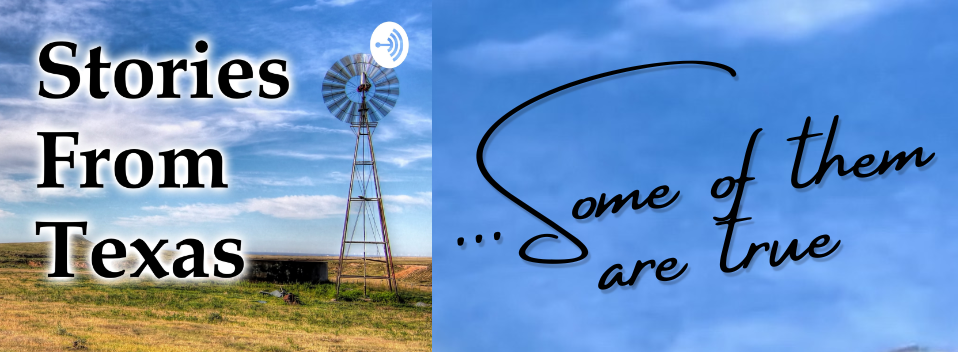
Stories From Texas
Loading...
Document Type
Article
Publication Date
12-20-2023
Abstract
Every December I like to count our collective blessings as Texans by highlighting a great gift to Texas. This one is particularly special, and the giver didn’t realize at the time how much goodness would flow from his gift so long after he died.
Stay with me here – this is a winding road we’re about to travel:
The “giver” of this ever-more-precious gift was Sam Houston. After the dust settled at the Battle of San Jacinto and Sam sat down with Antonio López de Santa Anna, he defined the terms of Texas independence for Antonio. Interestingly, they were almost the same age: Sam was 43, and Antonio was 44.
Sam told him that all the Mexican armies would have to retreat from Texas and stay south of the Rio Grande, which would be the southern border of Texas. This was a shock to Santa Anna because the Nueces River near Corpus Christi had always been the southern border of Texas. In one sentence, Sam Houston claimed 150 miles of southern land and all the land to the headwaters of the Rio Grande. That was a great gift Houston gave us, but not the one I’m focused on.
In the days following, Sam and his negotiators said that the coastal boundary of Texas would be three leagues – 10 miles – seaward from the mouth of the Rio Grande to the Sabine River. He claimed not only an extra 150 miles of coastline but also a swath of tidelands 10 miles wide for the whole 367-mile length of the coast. This turned out to be extraordinarily visionary on his part.
I’ve seen a recreated map of Texas from 1836, and it has the 10-mile swath of tidelands shaded to reflect this claim. These tidelands didn’t mean a great deal then, but when the era of oil and gas arrived in the 1900s, money from the offshore leases began to fatten the Texas treasury.
You can predict what happened next. The Feds, like a mafia boss, swept in for a taste. They claimed that, for national security purposes, anything beyond three miles seaward belonged to the U.S. The government had recently successfully sued California and restricted it to three miles of tidelands and was going after all the other states in a similar fashion.
All the states resisted but fell in court, one by one, to the U.S. position. Texas, however, had the proverbial ace in the hole, an argument that no other state enjoyed: It played the sovereign republic card. Texas was the only state that had been a sovereign republic prior to joining the United States. It also joined the U.S. by treaty, with the condition that the borders that existed when it was a republic would remain intact. Mic Drop.
Even the Treaty of Guadalupe Hidalgo of 1848 re-certified Sam’s three-league (10-mile) rule. The Supreme Court sided with Texas in 1960 and so we continue to enjoy the rights to our submerged waters to this day, seaward to 10 miles. In that same ruling, Florida, for different reasons, retained possession of its three-league tidelands as well, but only on the Gulf side.
Now what does this Texas victory mean in terms of blessings flowing to Texans? Well, in 1845, Texas set up the Permanent School Fund to pay for public school education. It was funded by money coming from public lands. In the beginning, that money came from land sales and grazing rights. Today, it comes mostly from oil and gas leases.
The robust energy production along the coast helped to fatten that fund to $52 billion today that helps pay for K-12 education in Texas. That’s more money than in the Permanent University Fund, which supports the UT and A&M systems. It’s even richer than Harvard’s endowment.
The Permanent School Fund pays out $2 billion a year for public education in the state and has been a gift to almost every Texan in some way. Thanks, Sam. ‘Preciate your presience, buddy.
Format
.MP3, 192 kbps
Length
00:04:54
Language
English
Notes
https://www.texasstandard.org/stories/texas-tidelands-coastal-boundary-sam-houston/
Recommended Citation
W. F. Strong. "Commentary: The gift of the tidelands" *Stories From Texas*. Texas Standard. Podcast audio. December 20, 2023.
https://www.texasstandard.org/stories/texas-tidelands-coastal-boundary-sam-houston/
https://scholarworks.utrgv.edu/storiesfromtexas/165

Comments
© 2023 William F. Strong. Uploaded with permission of copyright holder.